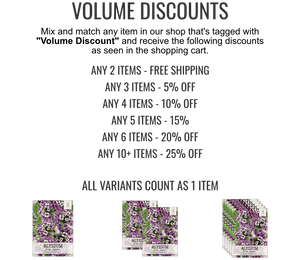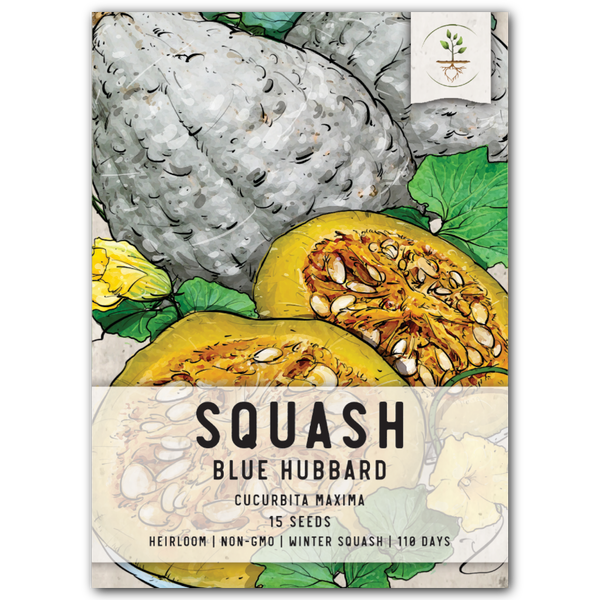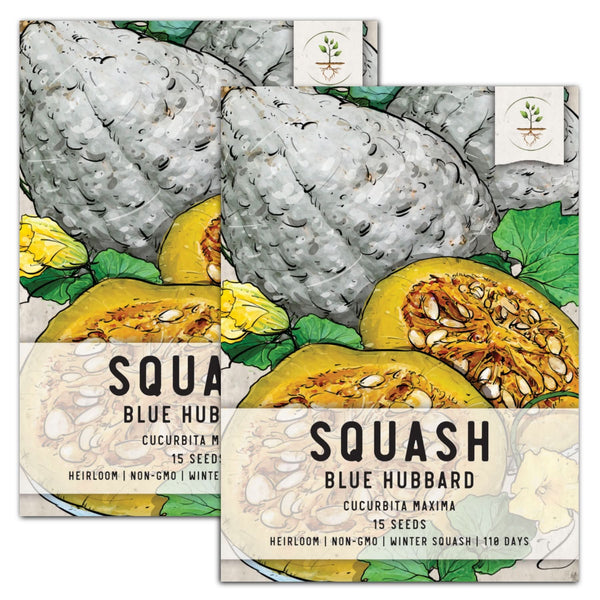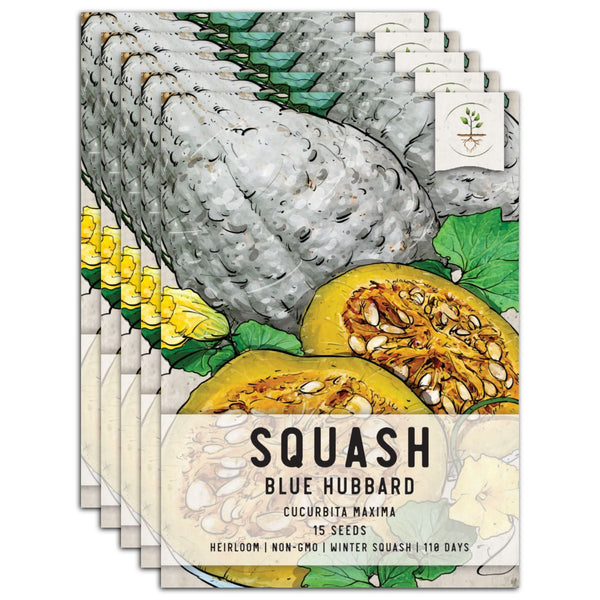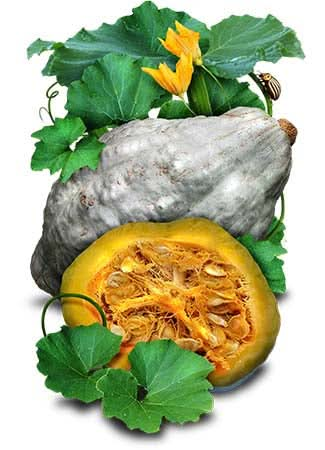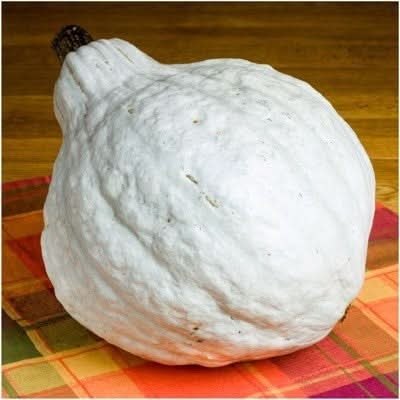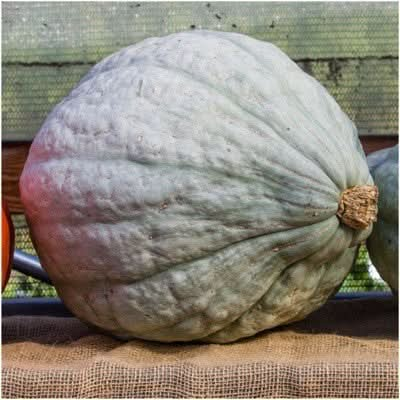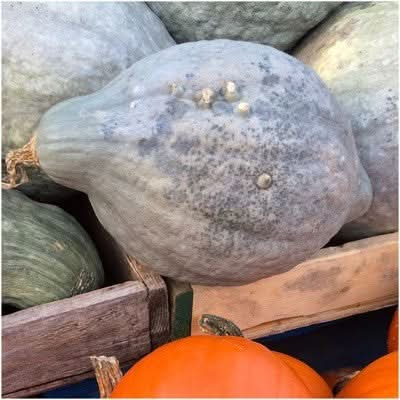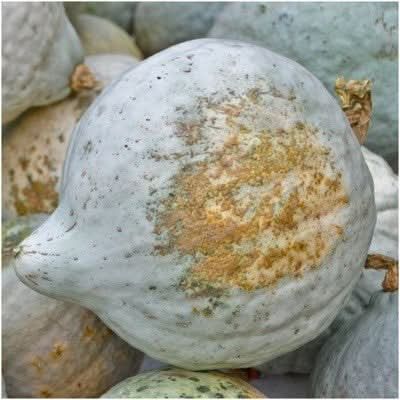The Blue Hubbard squash, known for its deep blue-gray, warty exterior, is a variety of Cucurbita maxima, a species that originated in South America over 4,000 years ago. This hearty winter squash was domesticated in what is now northern Argentina near the Andes or certain Andean valleys. When it comes to culinary use, Blue Hubbard squash is celebrated for its sweet, nutty flavor and dense, orange flesh, which makes it a versatile ingredient in both sweet and savory dishes. Its thick skin, although challenging to cut through, provides excellent storage capabilities, allowing the squash to keep well into the winter months, hence its classification as a winter squash.
Winter squash and summer squash differ primarily in their maturity at harvest, texture, and culinary use. Winter squash, like the Blue Hubbard, are harvested when fully mature, after their skins have hardened. They are known for their dense, nutrient-rich flesh and can be stored for months due to their hard, protective rinds. These squashes are typically cooked before eating, often roasted, baked, or pureed, and are prized for their rich flavor and sweetness. In contrast, summer squash, such as zucchini or yellow crookneck, are harvested while immature, when the skin is still tender and edible. They have a higher water content, making them less sweet and more suitable for quick cooking methods like sautéing or grilling. Summer squash varieties are often used in dishes where a lighter, more subtle squash flavor is desired, and they're generally not stored for long periods due to their perishable nature.
